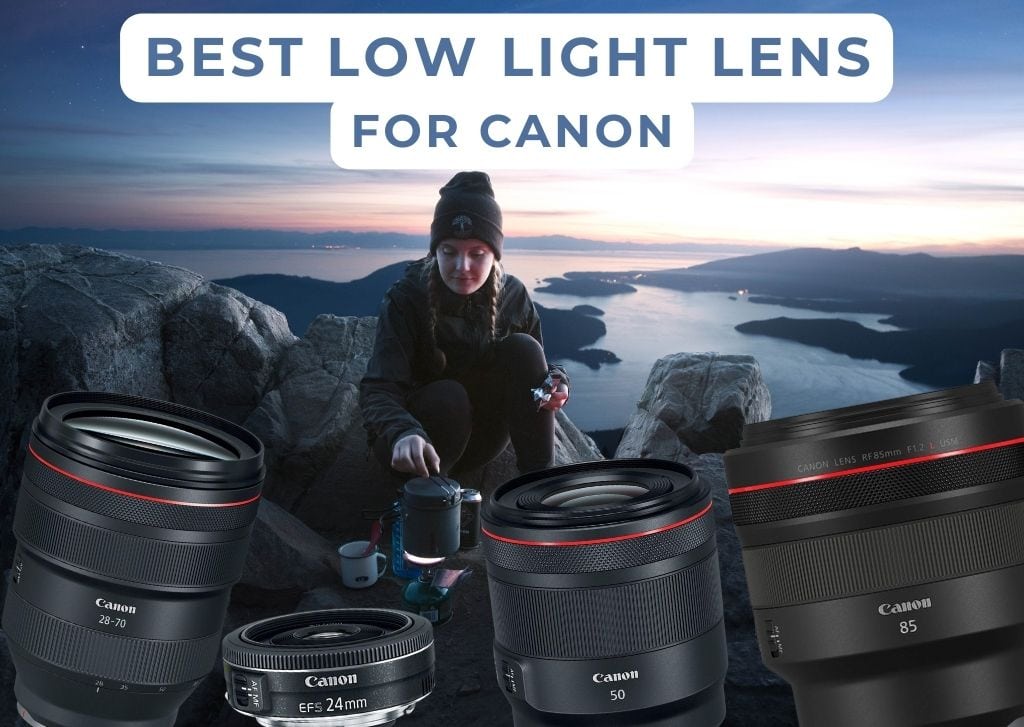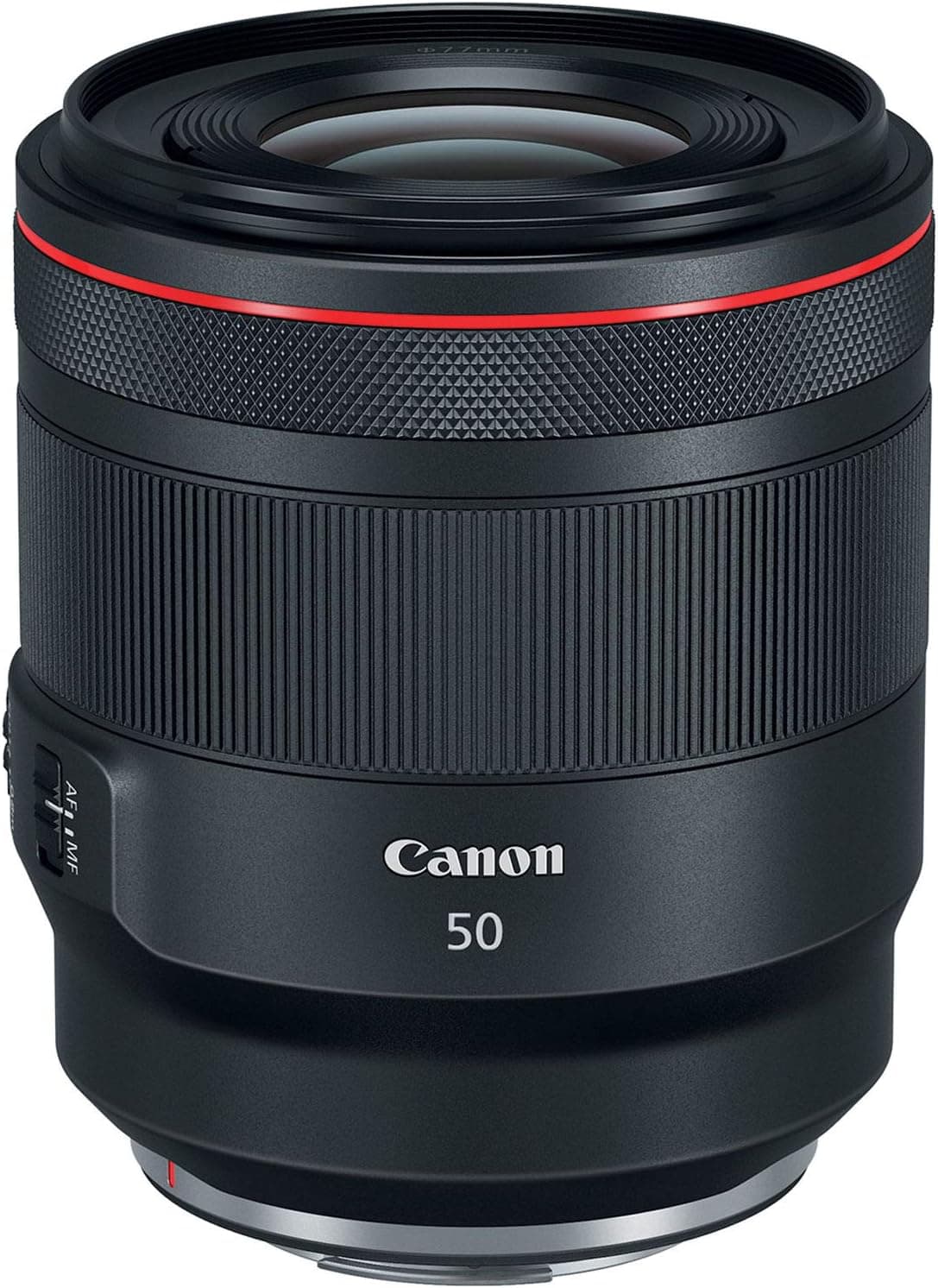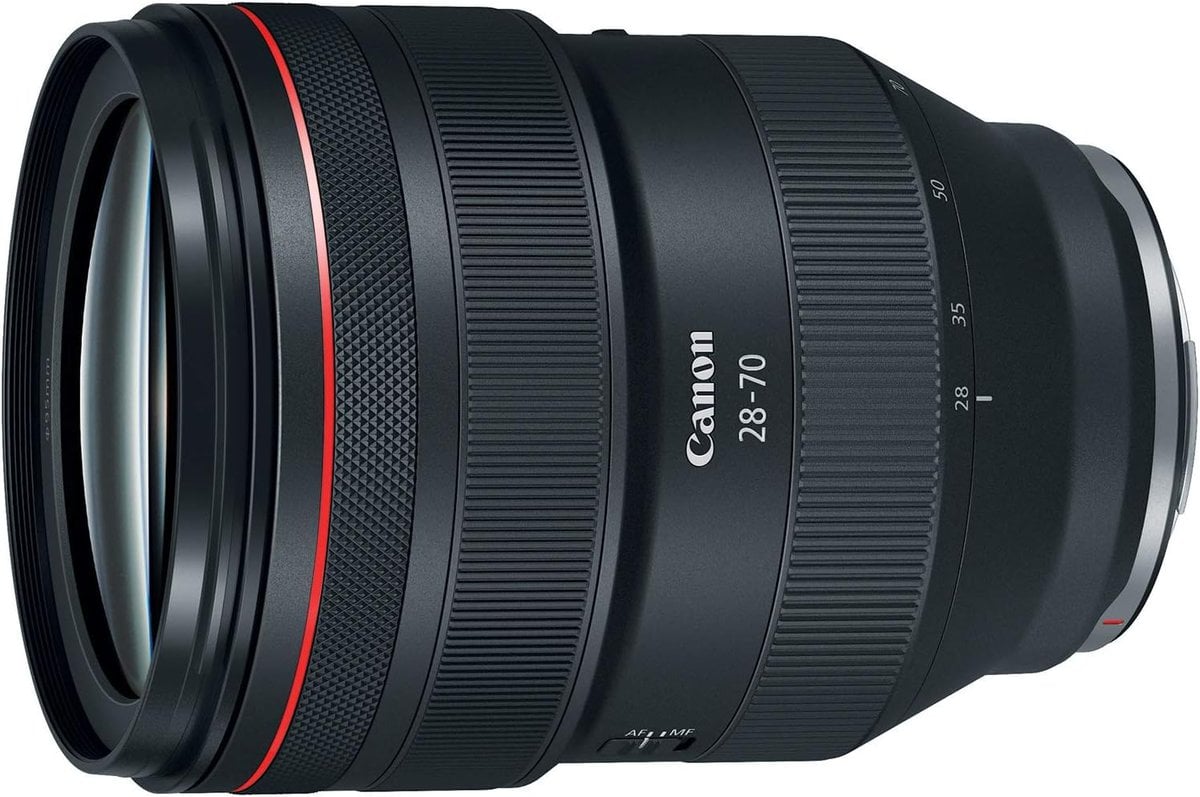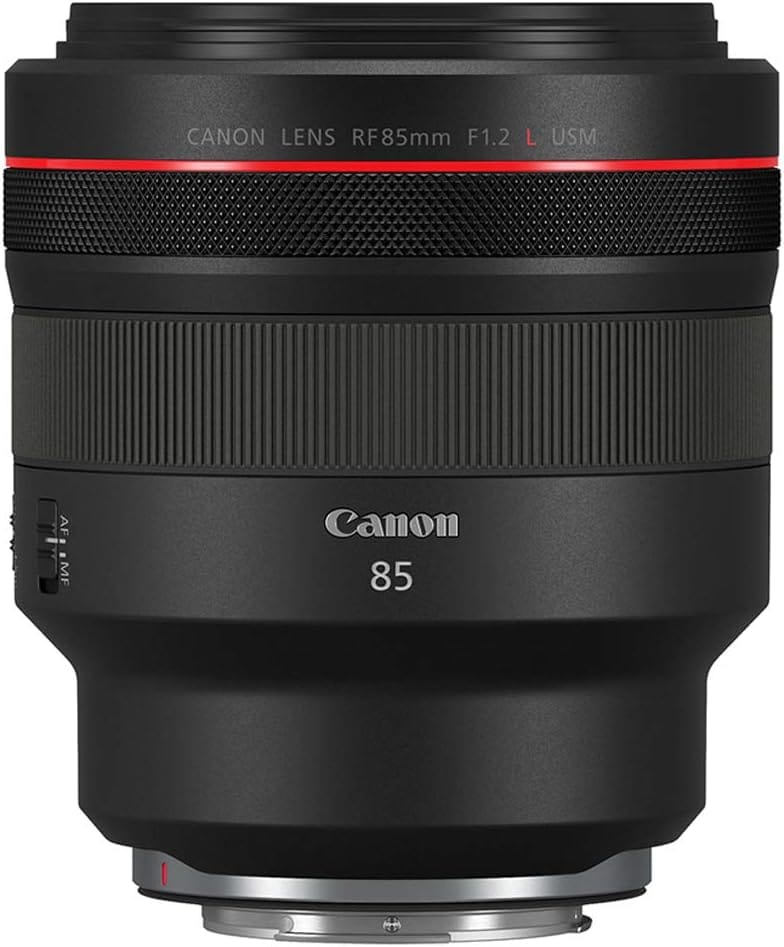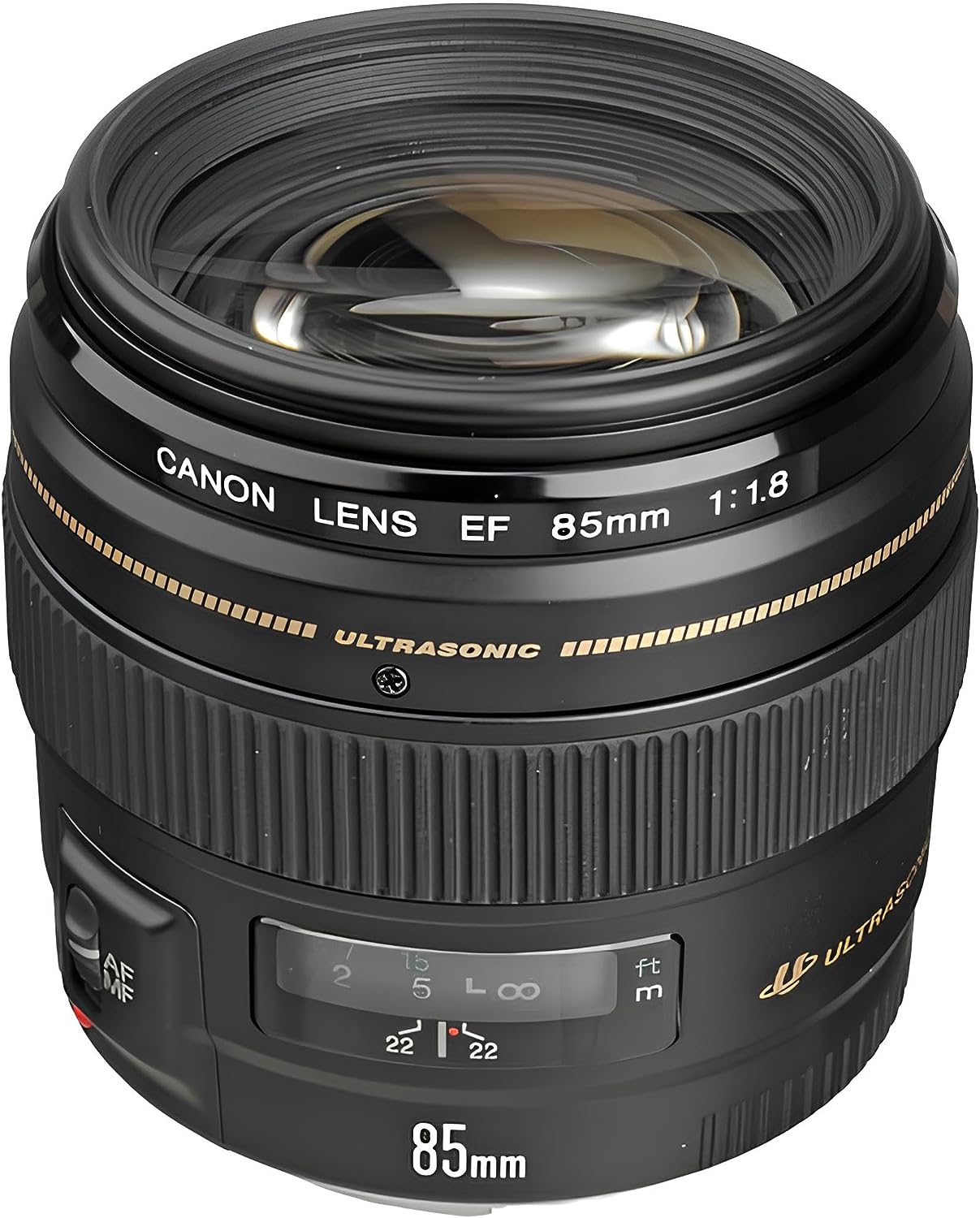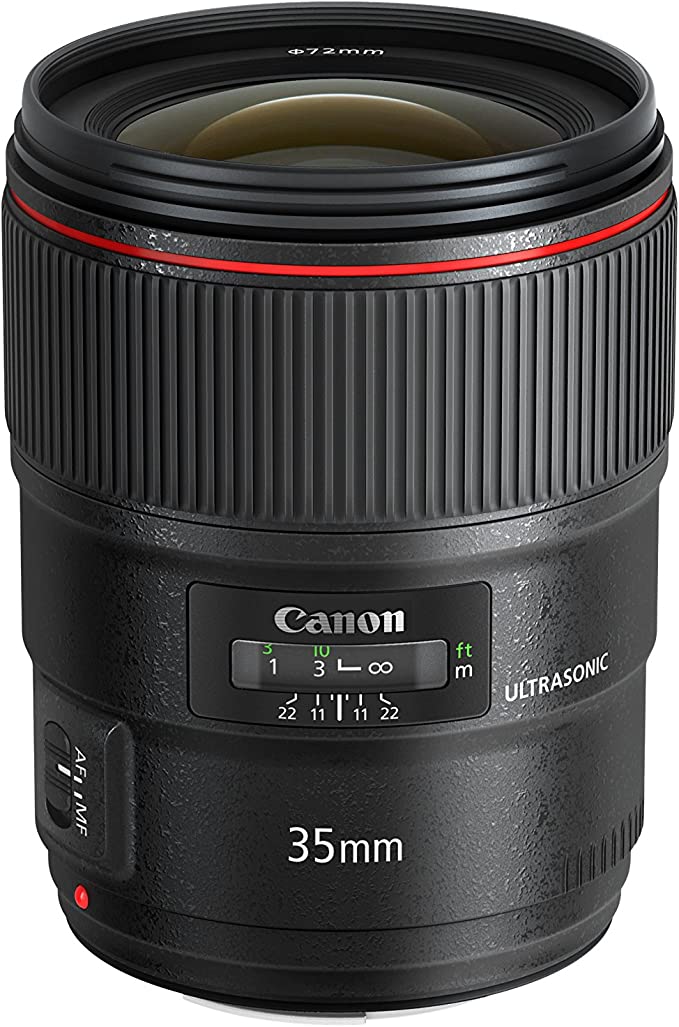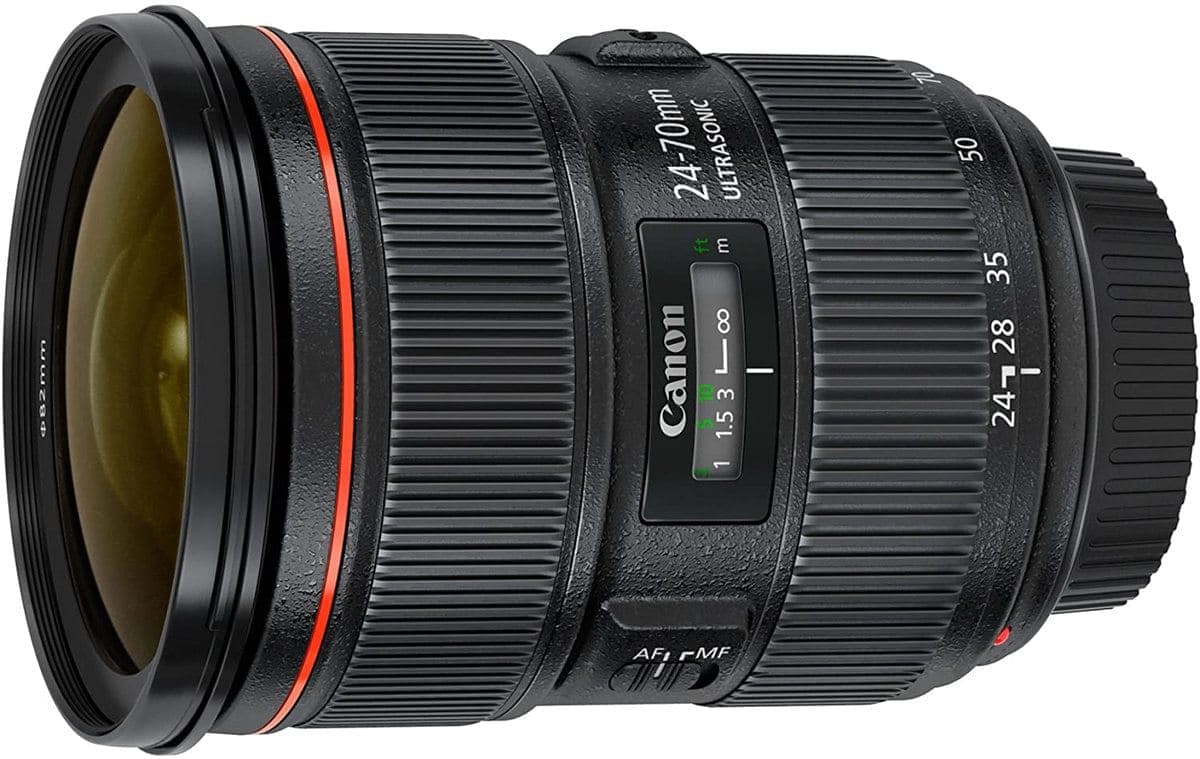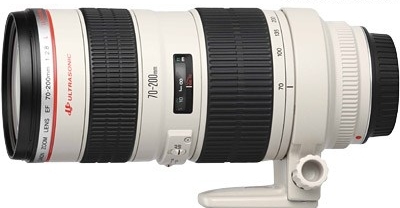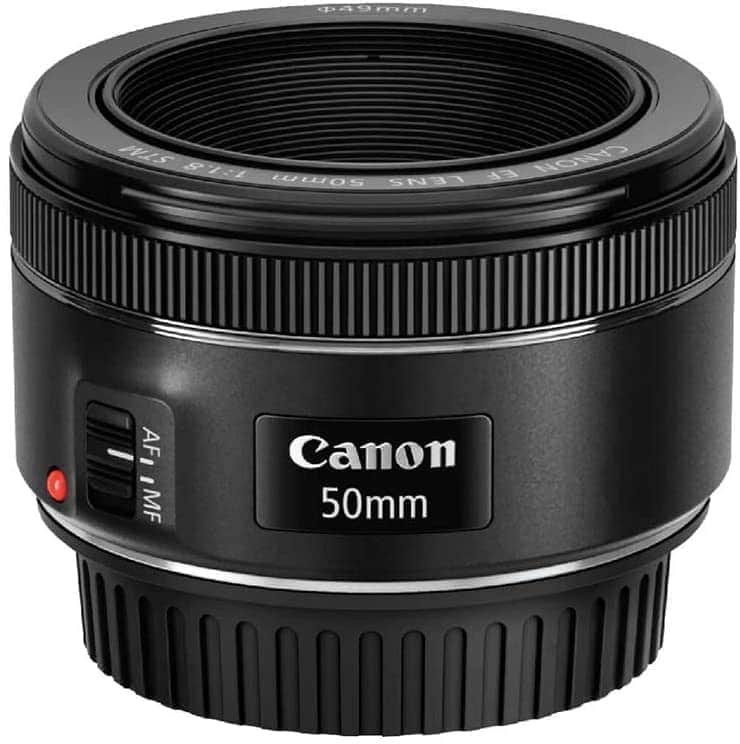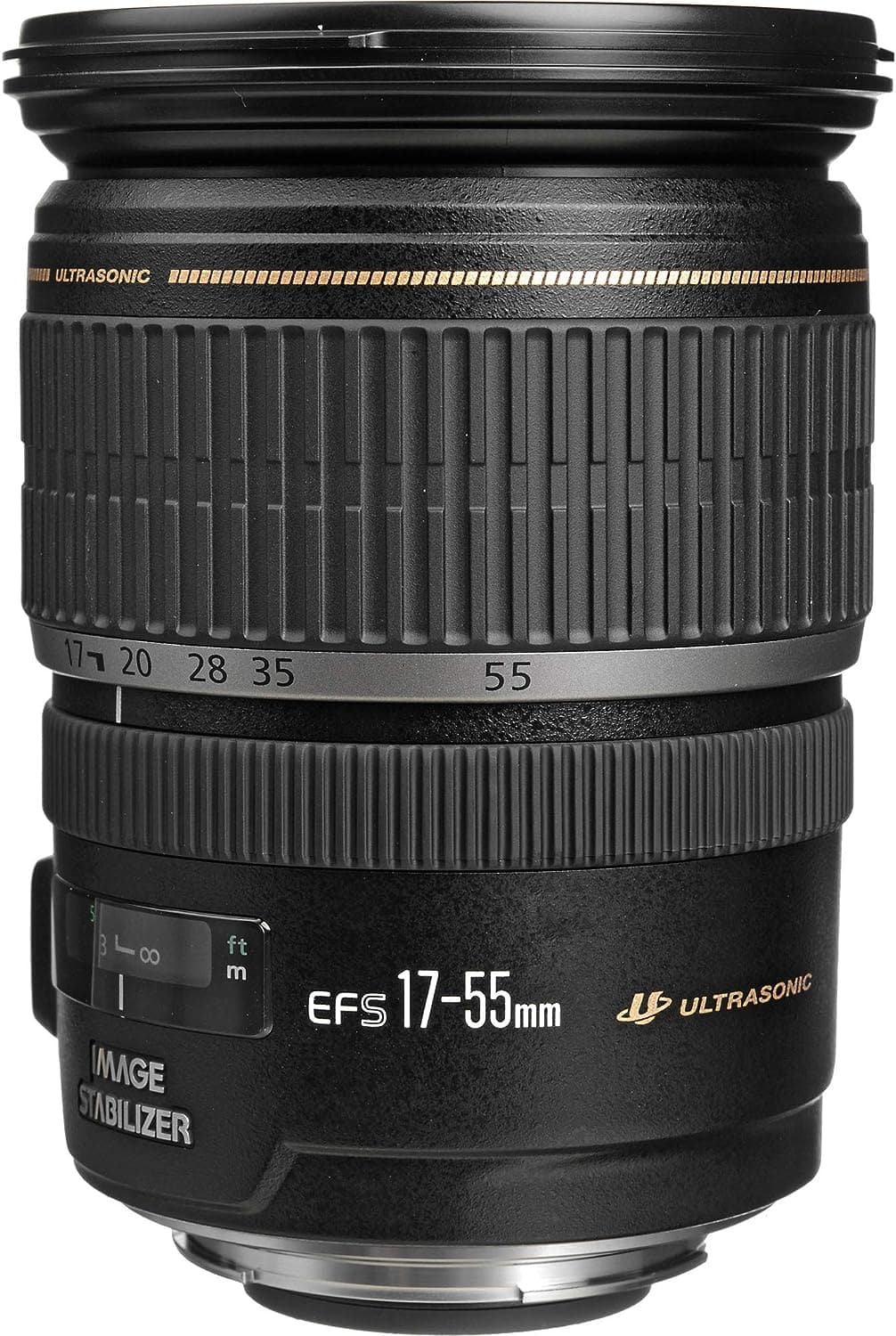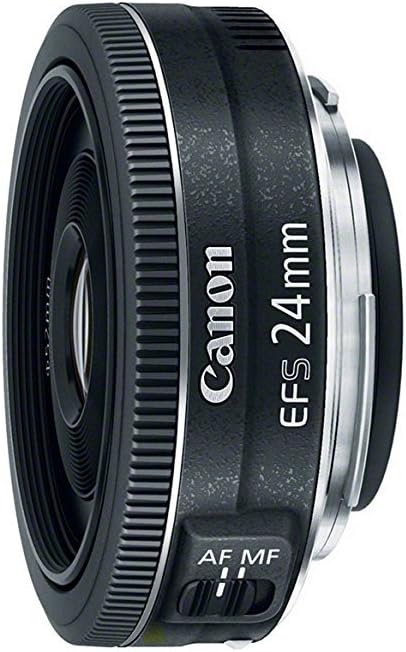Light and photography go hand-in-hand; the more light there is, the easier it is to shoot. So if you want to capture moody indoor portraits or a stunning evening landscape, you need the best Canon lens for low light conditions.
Limited light is one of the conditions in which your gear will make or break your success. Luckily, Canon has a wide array of lenses capable of low-light shooting to choose from.
As a long-time Canon photographer, I’ve personally used many of the lenses on this list in my evening photo sessions and can back up their capability. For the lenses I haven’t been fortunate enough to get my hands on yet, I’ve turned to other friends currently shooting with these lenses to get their honest opinions and round out this list. So let’s get started!
| Image | Product | Features | Price |
|---|---|---|---|
Best RF Option  |
| Find On Amazon | |
 |
| Find On Amazon | |
 |
| Find On Amazon | |
 |
| Find On Amazon | |
Best EF Option  |
| Find On Amazon | |
 |
| Find On Amazon | |
 |
| Find On Amazon | |
 |
| Find On Amazon | |
Best EF-S Option  |
| Find On Amazon | |
 |
| Find On Amazon |
The Best Canon RF Lenses For Low Light
RF lenses are built for Canon’s mirrorless line of cameras. These lenses are only compatible with the Canon EOS R cameras.
1. Canon RF 50mm F/1.2L USM
Few lenses become true icons in their own right, and the Canon RF 50mm F/1.2L USM is one of them. Aside from being a part of the “nifty fifty” club, the astonishingly wide aperture immediately turns heads.
Very few autofocus lenses are capable of such an aperture, and Canon is the only company that has a 50mm lens with this. With an F/1.2, nothing is too dim unless there is a total absence of light. This aperture also creates a very dreamy, shallow depth of field, which assists photographers looking to capture more stylized images.
Being a part of Canon’s L line of lenses, this lens sports all of the “luxuries” that L is known for – fast autofocus, exceptional sharpness and clarity, good color handling, and a durable build meant to last. Even in dimly lit situations, this lens can still lock on to the subject accurately. Although this model doesn’t have image stabilization, an aperture of that width often doesn’t need it because your shutter can still be relatively fast, even at night.
However, such a wide aperture does lead to certain compromises – this is undoubtedly not the portable lens many 50mm lenses are known for. The F/1.2 aperture causes this lens to be relatively wide, bulky, and heavy. This lens will also be a significant dent in the photography budget, being much more expensive than other 50mm lenses.
Reasons To Buy:
- Excellent image quality with sharp details and smooth bokeh
- Ultra-wide aperture for very dim settings
- Solid build quality with weather resistance and dust protection
Reasons To Avoid:
- Heavy and bulky for a prime lens
- No image stabilization feature
2. Canon RF 28-70mm F/2L USM
Another unique option from Canon, the RF 28-70mm F/2L USM, is a modification of the famous 24-70mm line of lenses. Although 4mm is lost in this version, this isn’t much of a compromise for photographers who don’t frequently use the wider end of a 24-70mm range.
Able to go from a wide field of view to a portrait zoom, the 28-70mm is exceptional for all kinds of photography. Unlike the 24-70mm, which has a maximum aperture of F/2.8, this model sports an F/2.0 aperture. Believe it or not, the 0.8 difference is impactful.
Being an L lens, the build is weather-resistant and features dust protection. This is useful for landscape photographers who want some dusk shots without worrying about inclement outdoor conditions. The resulting images are sharp, and the autofocus is wonderfully accurate in dim conditions.
However, this lens suffers from a similar affliction as the 50mm above: it is bulky and heavy (making this model less portable). There is also no image stabilization, which can be problematic for an F/2.0 aperture if the lighting conditions are quite dark.
Reasons To Buy:
- Excellent image quality with sharp details
- Fast and reliable autofocus performance, even in low-light situations
- Compatible with Canon’s full-frame mirrorless cameras
Reasons To Avoid:
- Heavy and bulky
- No image stabilization feature
3. Canon RF 85mm F/1.2L USM
The Canon RF 85mm F/1.2L USM is another F/1.2 wonder. This lens is outstanding because it is the widest-aperture telephoto lens on the market. 85mm is the widest of the telephoto lenses, but it is still a telephoto – so when you need that extra distance above a standard lens for an indoor sports game, this lens will do the trick.
Being a telephoto, the 85mm F/1.2L causes optic compression – a significant benefit when photographing living subjects such as people or animals. The compression tightens up proportions, making for better portraits (which is why this lens is known as one of the best portrait lenses for Canon around).
The F/1.2 aperture handles low light, making it easy to expose photographs in darker conditions. The fast and reliable autofocus goes hand in hand with this. Although this lens also does not feature image stabilization, such a wide aperture doesn’t need one.
These perks come at a steep cost, sitting at around the $2,600 range. The wide aperture also makes this one of the larger and bulkier 85mm lenses.
Reasons To Buy:
- Excellent image quality
- Optic compression creates flattering portraits
- Solid build quality with weather resistance and dust protection
Reasons To Avoid:
- Heavy and bulky for a prime lens
- No image stabilization feature
The Best Canon EF Lenses For Low Light
These lenses are designed for Canon’s full-frame DSLR cameras. They are compatible with full-frame and crop-sensor / APS-C bodies and can be used on Canon’s mirrorless cameras with the EF to RF adapter.
4. Canon EF 85mm F/1.8 USM
Although there is an 85mm F/1.2 version for DSLR cameras, the Canon EF 85mm F/1.8 USM is more fitting of a recommendation for EF mount cameras (in my opinion). An F/1.8 aperture is still wide enough to handle many dimly lit conditions, especially for indoor environmental portraits.
Although this is not an L-line lens, the Canon EF 85mm F/1.8 USM still delivers crisp shots with sharp detail, contrast, and color accuracy. Canon would be hard-pressed to offer a lens that doesn’t do this! But, lacking the desired L tag, this 85mm is neither weather-sealed nor dust-protected, making it a bit riskier for outdoor evening captures.
Music photographers who often seek low-light lenses may also be wary about using this model, as it isn’t as durable as the L version. But, a concert photographer would want the fast autofocus, and this lens is very accurate.
The price point is favorable against other wide aperture 85mm lenses, making it a worthy option for portrait photographers.
Reasons To Buy:
- Affordable price compared to other 85mm lenses
- Excellent image quality with sharp details, contrast, and color accuracy
- Fast and reliable autofocus performance, even in low-light situations
Reasons To Avoid:
- No image stabilization feature
- No weather sealing or dust protection
5. Canon EF 35mm F/1.4L II USM
The 35mm is a versatile focal length that works well for an extensive array of subjects. The Canon EF 35mm F/1.4L II USM, in particular, handles low-light shoots brilliantly, allowing the photographer to focus more on the composition than worrying about the ambient light.
The F/1.4 aperture in this particular lens offers a beautifully creamy bokeh, smoothing the entire background and foreground around the subject. The wide aperture lets in plenty of light, and when paired with a great full-frame camera, the performance is outstanding.
Being 35mm, the close focusing distance is a big benefit to many photographers, able to capture close-up subjects in tighter spaces. A 35mm is the widest standard lens, so there won’t be wide-angle distortion on a subject’s proportions.
As part of the L line of lenses, this model sports all the benefits I’ve discussed with the other L lenses on the list. The 35mm F/1.4L II USM does have an added improvement of an excellent lens coating on the glass, helping prevent color fringing (which does happen a lot with ambient light in darker situations, especially if you are shooting near a lightbulb).
This does come at a cost, being more expensive than other 35mm lenses.
Reasons To Buy:
- Close focusing enables use in tight spaces
- Minimal wide-angle distortion on subjects
- Durable with great weather sealing
Reasons To Avoid:
- No image stabilization
6. Canon EF 24-70mm F/2.8L II USM
Compiling a lens recommendation list without including a 24-70mm is hard. The Canon EF 24-70mm F/2.8L II USM is likely one of the greatest photography companions, built like a workhorse and designed to be the ultimate “walk-around” lens.
The autofocus of this lens is worthy of note, able to lock on to a subject with ease even when limited light is present. The F/2.8 aperture is the narrowest you’d want to go when shooting in low light (as wider apertures are much more ideal), but it is the widest aperture for a zoom lens available.
The lack of image stabilization is a detriment to this lens, but the versatility in focal range does help balance out the con. The price point is also decent for all of the L lens benefits you get, including the exceptionally sharp images.
Reasons To Buy:
- A great “walk-around” lens
- Widest aperture available for a zoom lens
- Reliable and durable with weather-sealing
Reasons To Avoid:
- No image stabilization
7. Canon EF 70-200mm F/2.8L IS III USM
Believe it or not, there are telephoto zoom lenses that can handle low-light shooting. The Canon EF 70-200mm F/2.8L IS III USM is one of the best, favored by indoor sports photographers. Even though indoor sports arenas may seem “bright enough” to the human eye, it is still rather dark for a camera sensor.
This particular 70-200mm is so popular that Canon improved upon it three times – with version three being the best. The build quality is exceptional. This lens is designed to handle any aggressive elements thrown at it (whether water or an occasional bump).
The F/2.8 aperture, with a reliable autofocus, can handle indoor shooting situations well. This is very much why sports photographers enjoy this lens and the added bonus of a shallow depth of field helping isolate their subject.
However, the F/2.8 version is quite large and heavy compared to the 70-200mm F/4.0, as the wider aperture requires more space and more glass inside the lens. There is some chromatic aberration and distortion when left at F/2.8, but post-processing can correct this.
Reasons To Buy:
- Ability to capture faraway subjects in low-lighting
- Reliable autofocus
- Solid build quality with weather resistance and dust protection
Reasons To Avoid:
- Heavy and bulky for a zoom lens
- Some distortion and chromatic aberration at wide apertures
8. Canon EF 50mm F/1.8 STM
With so many lenses on this list being in the upper echelons on price, the Canon EF 50mm F/1.8 STM is a much more affordable option. Although the more accessible price tag comes with a few compromises, this optic is a great way to have a low-light lens in the bag.
The F/1.8 isn’t the widest aperture 50mm there is (as there are F/1.4 versions out there aside from the very expensive F/1.2), but this model stands out for its superior price point. At under $200, you get incredible bang for your buck.
Despite being a low-end consumer model, the image quality remains wonderful, with (surprisingly) minimal distortion and aberration. The Canon EF 50mm F/1.8 STM is an excellent way to have a low-light lens ready in your camera bag anytime, as this model is compact and comfortable to carry.
The autofocus is relatively quiet as well, which is excellent for videographers. This being said, it can sometimes have trouble detecting the subject if the scene is too dark. This lens also lacks the L build quality, with no rubber gaskets to protect the sensitive components from weather or dust.
Reasons To Buy:
- Affordable price
- Excellent image quality with minimal distortions and aberrations
- Smooth autofocus for the price
Reasons To Avoid:
- No image stabilization
- No weather sealing or dust protection
The Best Canon EF-S Lenses For Low Light
These lenses are specially made for Canon’s crop-sensor / APS-C DSLR cameras. Unlike pairing full-frame lenses with a crop sensor body that will alter the focal length, these lenses maintain their focal length. These lenses cannot be used on full-frame cameras but can be paired with a crop sensor mirrorless camera using the EF to RF adapter.
9. Canon EF-S 17-55mm F/2.8 IS USM
Crop-sensor photographers can rejoice at the Canon EF-S 17-55mm F/2.8 IS USM for being both a versatile focal range and decent at low light scenarios.
Although F/2.8 isn’t as good an aperture for low light as an F/1.4, this is the widest aperture for a zoom lens in Canon’s lineup. To help mitigate this slightly narrower aperture, the Canon EF-S 17-55mm F/2.8 IS USM features image stabilization. The image stabilization aids handheld shooters by compensating for camera shake at slower shutter speeds.
The focal range is beneficial, ranging from a wide 17mm all the way to a portrait 55mm. Being designed for crop sensor cameras, you won’t lose any of this range on an APS-C sensor like you would if you paired a full-frame lens with a crop sensor.
Although there is some distortion on the wider end and no weather sealing or dust protection, the affordable price tag definitely compensates for this.
Reasons To Buy:
- Wide focal length range for versatile shooting
- Accurate autofocus
- Optical image stabilizer that compensates for camera shake and improves handheld shooting in low-light situations
Reasons To Avoid:
- No weather sealing or dust protection
- Some distortion
10. Canon EF-S 24mm F/2.8 STM
The most affordable bang-for-your-buck version of the well-loved 24mm focal length, the Canon EF-S 24mm F/2.8 STM is an excellent lens to have on hand. Although this is not an L lens, it still offers fantastic image quality and is even coated to prevent distortion and aberrations (not something commonly seen at this price point).
The autofocus is smooth, quiet, and relatively accurate in low light. Video shooters will especially appreciate this. The design is compact and easy to carry, a great option to add to the camera bag if you foresee shooting in darker places. The close focusing distance also helps for indoor sessions where room may be limited.
This being said, the more attractive price means there is no weather sealing, dust protection, or image stabilization in this 24mm version.
Reasons To Buy:
- Affordable compared to other 24mm lenses
- Excellent image quality with minimal distortions
- Smooth autofocus
- Compact and lightweight design that is easy to carry around
Reasons To Avoid:
- No image stabilization feature
- No weather sealing or dust protection
What Makes A Lens Good For Low Light
Although the camera plays a role in photographing darker lighting situations, the lens actually has the most significant impact. To break this down, the camera is responsible for:
- ISO: The camera controls how sensitive the sensor is to the available light by increasing the ISO. When it’s dark, your ISO number will go up. However, the higher the ISO, the more noise you end up with.
- Shutter speed: Fast shutter speeds require light to work, or your shot becomes extremely dark. When there isn’t a lot of light available, slower shutter speeds become necessary (which causes motion blur).
If you have a fast lens, this can help keep the ISO lower (reducing the noise when your shooting situation is dark) and allow for a faster shutter speed to minimize motion blur.
This is because a lens’s aperture directly controls how much light can reach the camera’s sensor, which will make or break your low-light photo shoot. Fast lenses are those that have wide apertures.
Aperture And Your Lens

I do have a dedicated article on what aperture is in photography, but here is a quick summary that will help explain why the aperture is so fundamental to shooting in dimmer conditions:
The aperture is the “hole” between your lens and the camera sensor, made up of blades that expand and contract depending on your settings. When you don’t have the luxury of a lot of light, you want your aperture to be as wide as possible. This allows the maximum amount of light to hit the sensor, exposing your photograph better. The wide aperture helps keep the ISO low (as I mentioned) and can help you avoid needing a super slow shutter speed.
But your aperture can only go as wide as the lens’s construction, which is why a fast lens that sports a wide aperture is so desired. The aperture can always be narrowed, but it cannot be expanded beyond its widest point.
Aperture is denoted with F-stop, which looks like this: F/___. The smaller the number, the wider the aperture. For example, an aperture of F/2.8 is much wider (and lets in more light) than an aperture of F/9.0. The widest aperture available in an autofocus lens is F/1.2. F/2.8 down to F/1.2 are all considered fast lenses.
Aperture And Depth Of Field
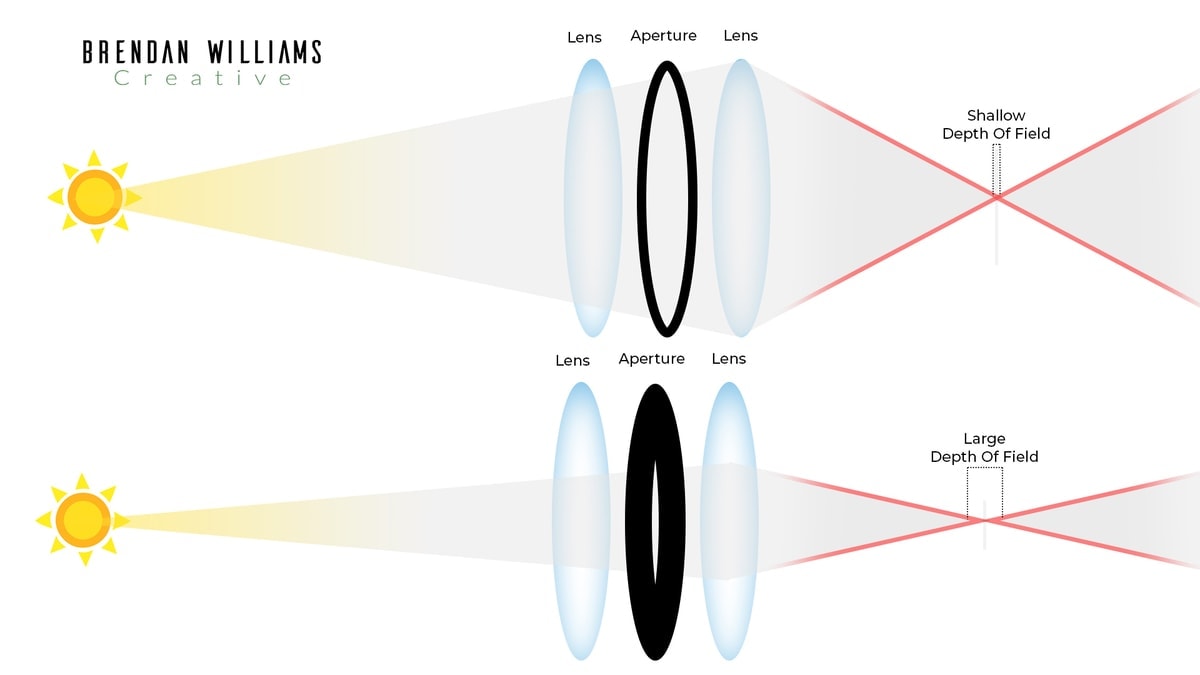
The aperture of your lens is not just responsible for how much light hits your sensor (therefore impacting your exposure). The aperture also controls a photograph’s depth of field. Depth of field refers to how much is in focus and how much is out of focus.
A shallow depth of field is when your subject is in focus, but the background and foreground are blurred. This blur is called a bokeh. A shallow depth of field is great for isolating your subject, such as in portraiture.
A deep depth of field is when the background and foreground are as in focus as the subject. Landscape and real estate photographers prefer deep depths of field.
The wider your aperture, the shallower the depth of field (and the brighter the photo). The narrower your aperture, the deeper the depth of field (and the darker the picture). An aperture of F/9.0 will have a deep depth of field, while an aperture of F/2.8 will have a shallow depth of field. How deep and how shallow depends on where the aperture is.
Ultra-Wide Apertures: Worth The Price?
Generally speaking, the wider the aperture, the higher the price tag. Many professional photographers opt to invest in the widest aperture they can because that offers a lot of versatility.
That being said, it’s not always worth getting the most expensive lens: whether or not an ultra-wide aperture is useful depends on what you shoot. Many photographers are happy with an F/2.8 lens for low-light photographers, while others desire an F/1.8 or F/1.4.
On that note, the depth of field of an F/2.8 is significantly different than an F/1.2 – the F/1.2 is shallower than the 2.8. The F/1.2 also lets in such a tremendous amount of light that a single ambient light source in a dark room is often enough, while an F/2.8 would need more ambient light to function well.
Those who capture portraits or prefer a shallow depth of field in their shooting style will want to spend the money on lenses wider than F/2.8. Photographers who just need low light capability but aren’t as fussed about the depth of field are perfectly content, saving a bit of money by getting an F/2.8.
However, if you find yourself frequently in very dark conditions with no ability to increase the ambient light, an F/2.8 would be too dark, and it would be a better use of your funds to get an F/1.8 or F/1.4 lens.
Which Canon Lens Should You Choose For Low Light?
Although all of the lenses mentioned above should perform well for you in low-light situations, the best one depends on what you are looking for. When considering your subject matter, the depth of field you need, what camera you use, and your budget, the best lens is the one that checks your boxes.
That being said, of the lenses on this list, my favorite for each mount is the following:
- Canon RF 50mm F/1.2L USM for Canon’s mirrorless cameras. This lens is of exceptional quality and delivers sharp images, a useful focal length for various subjects, and the widest aperture possible for an autofocus lens.
- Canon EF 24-70mm F/2.8L II USM for Canon’s DSLR cameras. Although this lens is not as wide an aperture as others on the list, the construction is worthy of note – this lens is built as a workhorse with an extremely fast, low-light autofocus.
- Canon EF-S 17-55mm F/2.8 IS USM for Canon’s crop sensor / APS-C cameras. Similar to the 24-70mm, this is an excellent lens for all sorts of low-light situations. It also features image stabilization.
- Canon EF 50mm F/1.8 STM for photographers on a budget. At under $200, this lens delivers a fast aperture and excellent quality for the price point.
Summary Of The Best Canon Low Light Lenses
| Image | Product | Features | Price |
|---|---|---|---|
Best RF Option  |
| Find On Amazon | |
 |
| Find On Amazon | |
 |
| Find On Amazon | |
 |
| Find On Amazon | |
Best EF Option  |
| Find On Amazon | |
 |
| Find On Amazon | |
 |
| Find On Amazon | |
 |
| Find On Amazon | |
Best EF-S Option  |
| Find On Amazon | |
 |
| Find On Amazon |
